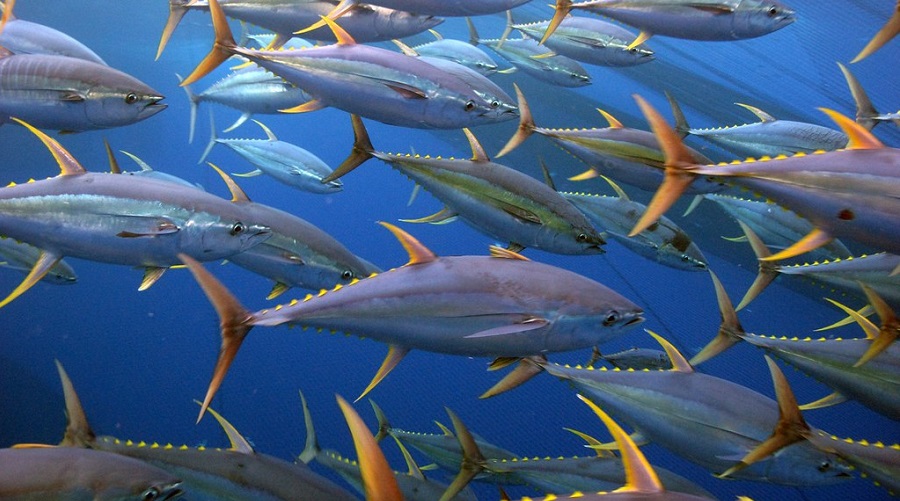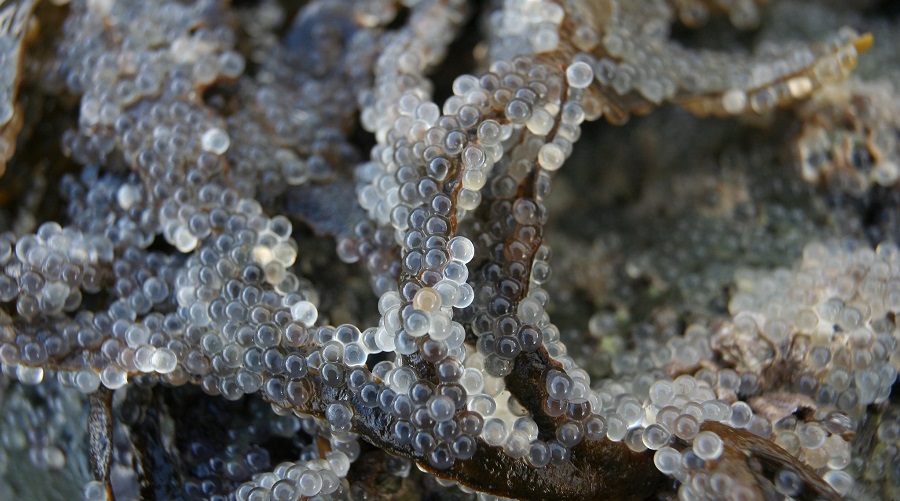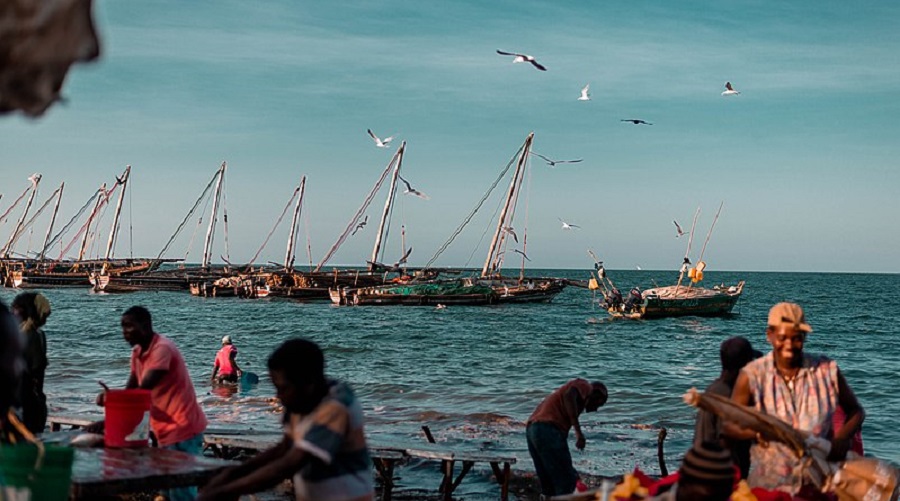
Yellowfin tuna. Photo by NOAA Fisheries West Coast, Flickr.
The yellowfin tuna commonly enjoyed in sashimi, poke bowls and salad sandwiches may soon disappear from these dishes if current overexploitation rates remain unchanged, especially in the Indian Ocean.





